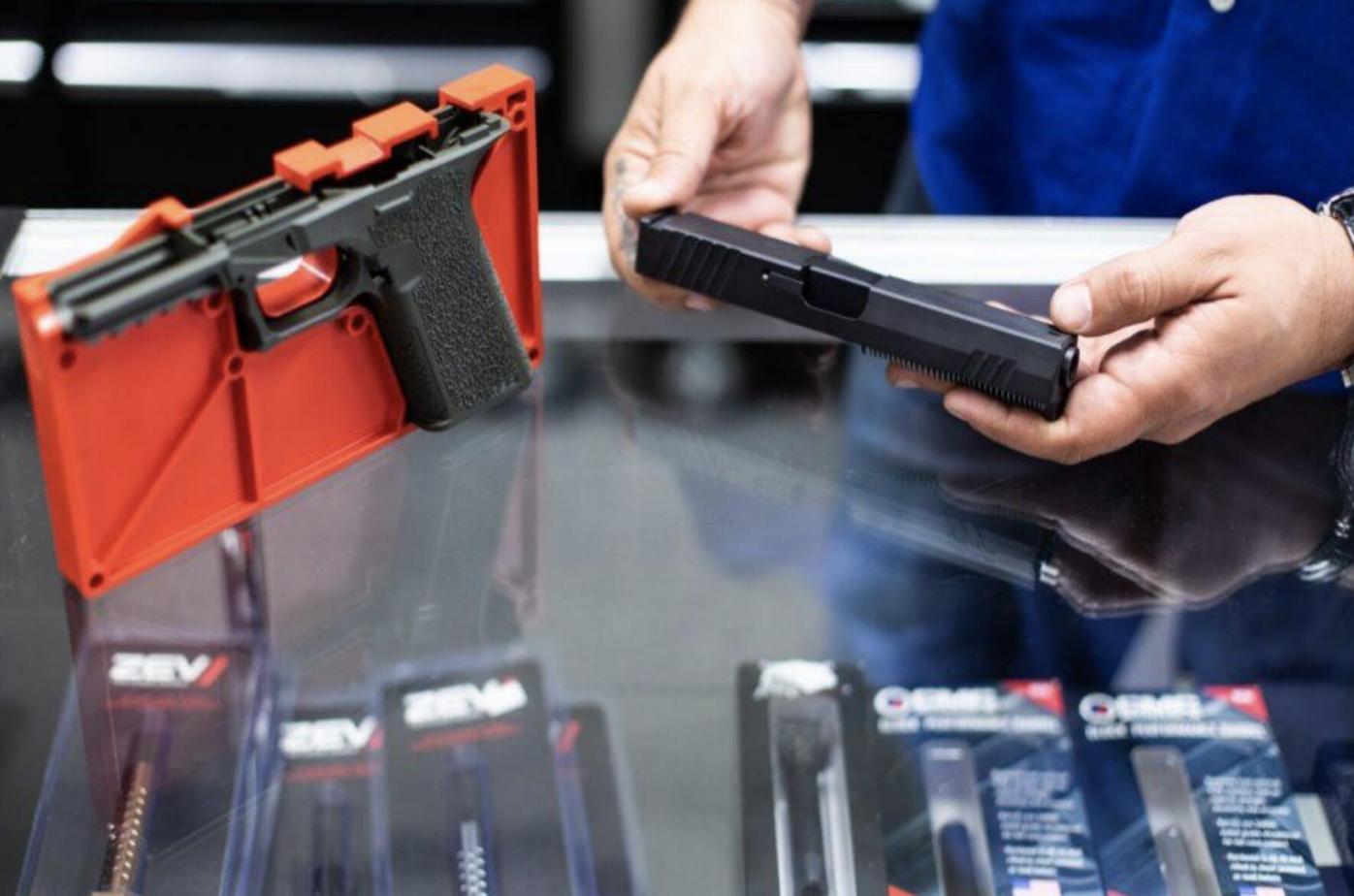Colorado lawmakers discuss funding AI software to detect guns in schools
A proposal seeks to prevent shootings by providing schools with funding to acquire, install and operate AI-driven software that — the company behind the technology claims — can detect guns and alert law enforcement within seconds of the weapon’s detection.
The Colorado House Education Committee discussed the measure without voting on Wednesday.
Sponsored by Rep. Brandi Bradley, R-Roxborough Park, House Bill 1123 would provide additional financing to the state’s School Safety Disbursement Fund. The exact amount has not been determined.
“One of the reasons that I ran for office is to protect kids,” Bradley said. “As a mom to four boys, although I advocate for my children’s safety with all of my might for eight hours a day, during the school day, I have no control for their safety and I cannot protect them. Every day that I drop my kids off at school, I pray desperately that they will return home safely. I am scared to death for my children as they go to school, and I know so many other parents that feel the same way.”
“This has to stop. We as legislators must demand solutions to the rising incidence of violence in schools,” she added.
Schools can use the AI scanning technology in addition to other firearm detection systems, including body scanners, Bradley said. In the Denver metro area, Littleton Public Schools already utilizes a similar technology.
“The state needs to focus on more modern technologies that have been designed to focus on a specific aspect to save students’ lives versus allowing shootings to continue to happen at an increased rate,” Bradley said. “This technology can prevent incidents and can save lives.”
Dustin Kisling, a representative of ZeroEyes, the company behind the technology, said the software is used by schools in 30 states.
ZeroEyes software is integrated with cameras placed throughout the school, Kisling said, using artificial intelligence to monitor feeds for the presence of firearms.
If a gun is detected, the system sends the image to trained personnel at ZeroEyes, who verify it. The software then alerts law enforcement and school officials about the threat and its location within a two-to-three second timeframe, Kisling said.
Kisling highlighted an incident where teenagers at a high school in New Mexico took part in a TikTok challenge, in which participants pretend to sneak up on their friends and shoot them. Even though the students were at the school after hours, the ZeroEyes software detected a gun and alerted police, who determined there was no actual threat.
“School security is a complex problem that requires innovative solutions that are focused on keeping kids safe from gun violence while also ensuring that students do not feel like they’re entering a prison-fortified building,” Kisling said. “This bill solves that problem.”
Matt Frary of Iterate.ai said his wife works as a teacher in Denver, and he is concerned every time he sees news about a recent school shooting.
“It makes me absolutely sick,” he said. “Not just because another life is lost and another situation happens that could have been prevented, but because we have the antidote or at least something that can slow things down. We have technology that can help in these situations and we are not applying it, and you have to ask yourself: Why is that?”
Frary said the sensor technology developed by his company was initially created to detect weapons used in gas station robberies, but he felt it could be easily adapted for use as a school safety measure.
Several parents of school-aged children spoke in favor of the bill, including Schume Navarro, a mother of three from Aurora.
Navarro said she transferred her children to a different school that allowed teachers to carry guns out of concern for their safety in the event of a shooting. She noted a rise in gun violence in her area, including the shooting of a high school student at Southlands Mall last October.
“As a mother deeply invested in the safety of my children and the wellbeing of our community, I believe that this legislation represents a crucial step towards creating a secure learning environment,” she said.
Kelly Hammer, a mother of two who works in a school, said that, as a Democrat opposed to guns, she represents “the perfect example” of the “bipartisan benefits” the bill could offer.
Members of the education committee raised concerns about the bill, particularly regarding the surveillance of students.
Rep Jennifer Bacon, D- Denver, asked ZeroEyes about it agreements with schools in other states, what that entails and what the rules are for data ownership.
Kisling clarified that the data collected by his company’s software belongs to the schools and is only used for gun detection. He emphasized that the technology is fully compliant with all federal rules and regulations related artificial intelligence, and that no human being even looks at the footage from the cameras unless a gun is detected.
“Let’s get Colorado out of the news for an upward trend in school shootings and let’s be leaders in using innovative and modern technology as ways to make Colorado schools safer,” she said. “Colorado can be a state that this country is looking at as an example and a leader in school safety. Let’s work together to make this happen with this bill.”





